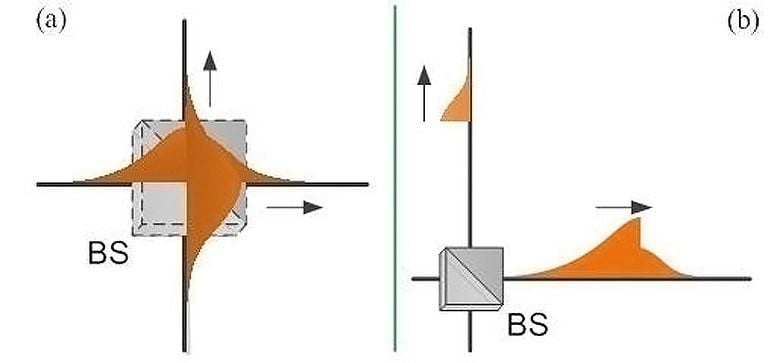
Inserting the second BS when the two sub-waves have an encounter, as in (a), can produce two resultant sub-waves, as in (b), if two-sub waves inside the MZI are in-phase. Science China Press
Quantum mechanics is a pillar of modern science and technology, and has benefited the human society for a century. The wave function, also known as the quantum state, is the description of a quantum object and plays a central role in quantum mechanics. Despite this importance, it still remains in debate what the nature of the wave function is. So far, there have been several interpretations of the wave function, including the Copenhagen interpretation, the De Broglie’s pilot wave interpretation, and the many-word interpretation. Among them, the Copenhagen interpretation is a traditional and dominating one. Such an interpretation treats the wave function merely as a complex probability amplitude used to calculate the probability of finding the quantum object at a given place. In this case, the wave function is a pure mathematical tool, and thus is supposed only to provide the knowledge of phenomena. However, how to describe the real existence of the quantum object is incapable for the Copenhagen interpretation. Hence, exploring the nature of the wave function is of fundamental importance for unlocking the mysterious quantum world.
In a recent study, a realistic interpretation (REIN) for the wave function was proposed by Gui-Lu Long, a researcher at the Department of Physics, Tsinghua University, in the Chinese city of Beijing. The REIN states that the wave function of a quantum object is a real existence rather than a mere mathematical description, that is, the quantum object in space exists in the form of the wave function. To demonstrate this, Gui-Lu Long and his collaborators, Wei Qin, Zhe Yang and Jun-Lin Li, also from the Department of Physics, Tsinghua University, designed an encounter-delayed-choice experiment and experimentally realized the scheme. This study, entitled Realistic Interpretation of Quantum Mechanics and Encounter-Delayed-Choice Experiment, has been published in Science China Physics, Mechanics and Astronomy.
Specifically, in this article, the researchers showed that a quantum or microscopic object is extended in space or even, in some cases, in disjointed regions of space, with amplitude and phase. The square of the modulus of the wave function represents the spatial distribution of the quantum object. When measured, the space-filling quantum object will, according to the measurement postulate in quantum mechanics, collapse instantaneously. In this case, the object behaves as a particle. Owing to the existence of a phase, the interference between two coherent wave functions can occur when they have an encounter. Consequently, the resultant wave function will change differently at different locations: some are strengthened due to constructive interference, whereas some others are canceled due to destructive interference. That is, this changes the spatial distribution of the quantum object. In this case, the object behaves as a wave.
A good demonstration of the delayed-choice experiment is given by a two-path interferometer, the Mach-Zehnder interferometer (MZI). Our discussion is restricted to the case where a single photon is directed to the MZI followed by two detectors. According to the traditional perspective, the nature of the single photon inside the MZI depends on whether or not the second BS is in place. If the second BS is absent, the single photon then travels along just one arm, showing the particle nature. On the contrary, when we insert the second BS, the single photon travels along both arms, showing the wave nature. However, in the REIN, the first BS splits the single photon into two sub-waves traveling, respectively, along the two arms, no matter whether the second BS is inserted or not. That is, the photon in an MZI is an extended and separated object that exists simultaneously at both arms. In this interpretation, if the second BS is absent, the two sub-waves are directed, respectively, to the two detectors, and with a probability independent of their relative phase, the measurement collapses them into a click in one detector. This is the particle nature of the single photon. Furthermore, the presence of the second BS can cause the two sub-waves to interfere and, instead, two resultant sub-waves are directed, respectively, to the two detectors. The single photon exists in the form of the two resultant sub-waves. As a consequence, the measurement collapses the resultant sub-waves into a click in one detector, with a phase-dependent probability. This is the wave nature of the single photon. In contrast to the traditional interpretation, the REIN demonstrates that there is no difference between a single photon in a closed MZI and that in an open one before they arrive at the second BS.
To support this idea, the researchers also implement an encounter-delayed-choice (EDC) experiment. In such an experiment, the second BS is decided whether or not to insert when the two sub-waves traveling simultaneously along the two arms of the MZI have an encounter, as shown in Fig. 1(a). It is different from previous (or quantum) delayed-choice experiments where the decision is made before the encounter occurs. In the EDC case, the parts, subject to the second BS, of the two-sub waves, will interfere and their forms change according to the relative phase. But the remaining parts, not subject to the second BS, will not interfere, leaving their forms unchanged. The single photon can therefore be divided into two parts, one showing the wave nature and one showing the particle nature. Correspondingly, as depicted in Fig. 1(b), the sub-waves having left from the MZI can be divided into two parts, one from the wave nature and the other from the particle nature. Note that Fig. 1(b) shows a special case where the two-sub waves inside the MZI are in-phase. The experimental data in the article is in good agreement with the prediction of the REIN, implying that the REIN idea is strongly supported.
“This difficulty is pertinent to our stubborn notion of a rigid particle of the microscopic object for a quantum object, as the name, ‘quantum particle,’ suggests.” wrote the four researchers, “If we adopt the view that the quantum object does exist in the form of the wave function, it is easier to understand this form change.”
Reference: “Realistic interpretation of quantum mechanics and encounter-delayed-choice experiment” by GuiLu Long, Wei Qin, Zhe Yang and Jun-Lin Li, 13 December 2017, Science China Physics, Mechanics & Astronomy.
DOI: 10.1007/s11433-017-9122-2

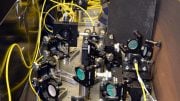
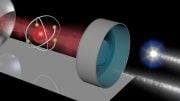
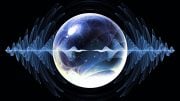
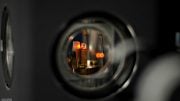


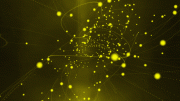

This article very hard to read. I had to stop when it mentioned a BS, with no explanation of what these two letters mean.
It is indeed hard to read. In this article BS means beam splitter.